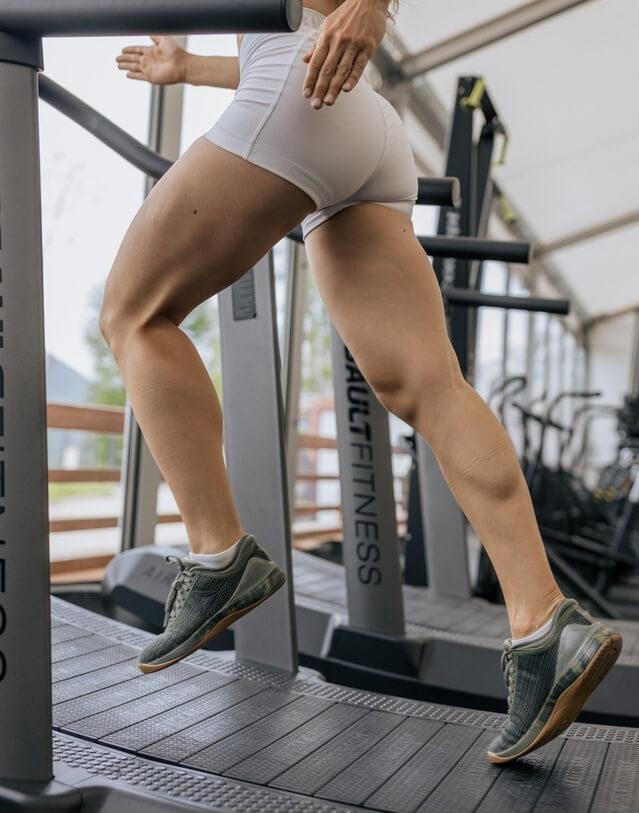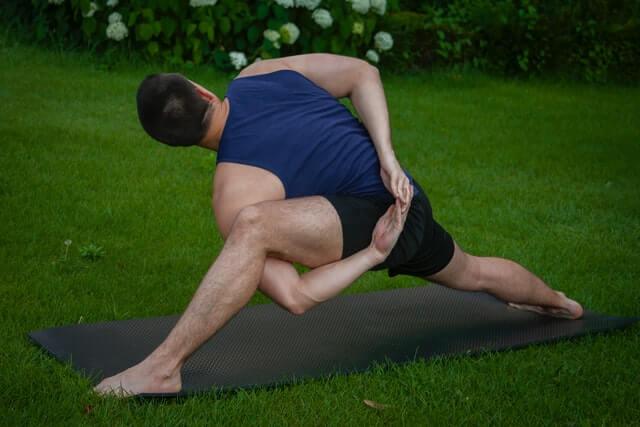Climbing Mt. Everest isn’t for everybody as it requires peak mental and physical fitness, and even then, it’s recommended that you complete specialized training for the ascent up Mt Everest, which can take anywhere from 6 months to 1 year of dedicated training.
Each year around 800 people climb Mt. Everest, and roughly ⅔ will make it to the top; the rest will have to turn back, or on average, 5 of them will die on the mountain.

What Are The Fitness Requirements To Climb Mt. Everest?
Technically there are no official fitness requirements to start your trek up Mt Everest; you only need a doctor’s note to confirm you don’t have any known or apparent issues that would impact the climb.
The only fitness or physical requirement is that you can actually climb a mountain and have done so in Nepal; you need to have climbed any mountain in Nepal over 21,325 feet.

The specific requirements for climbing Mt. Everest are below:
- Get a climbing permit from the Nepal government.
- Have climbed a Nepalese mountain of at least 21,325 feet.
- Get a doctor’s note to say you are in good physical condition.
- Basic mountaineering course, including high altitude climbing techniques.
- Purchase rescue insurance
- Hire a Sherpa guide
- Be 18 years or older
While the fitness requirements aren’t detailed, many mountaineers have written on what they believe are the requirements and put together training plans for people to try and complete to make sure they’re ready to climb Mt. Everest.
How Fit Do You Need To Be To Climb Everest?
Most successful Mt. Everest climbers say you don’t need to be a professional climber or a professional athlete to meet the fitness levels needed for a successful climb, but you must be training like an athlete leading up to your climb, or you will fail.
Working your way through a specialized training program for Mt Everest can check you’ve got the fitness levels and also build those levels up to the base requirements.
Climbing Conditioning
Get outside and start hiking trails in high elevation and carrying a heavy backpack; you should be aiming to slowly increase your elevation gains from 2,000 to 4,000 feet and increase your backpack weight up to 50-60 lbs.

A goal to set yourself is to complete a hike that takes you up 4,000 feet in elevation with a 50 lb backpack on within two to three hours.
You can also use the Stairmaster at a gym with a weighted backpack for additional training when you can’t get out on the trails.
Strength Training
Build a full-body strength training program that has a focus on your lower body and core strength. You need to ensure that you’re able to lift reasonably heavy weight but also have good strength endurance, so 1RM is not the goal here.

Focus heavily on compound movements such as squats, deadlifts, lunges, and pull-ups, and incorporate upper body as well with bench press, overhead press, push-ups, and any other of your preferred strength exercises.
You should be training with free weights or bodyweight exercises; machines won’t be as effective for your training requirements, as you’ll need the ability to lift and maneuver in unsteady environments while climbing.
Cardio Training
Incorporate a variety of indoor and outdoor cardio sessions 4 – 6 times per week for at least one hour. You should implement trail running and beach running, and find any other types of terrain to practice on. In the gym, you can focus on the Stairmaster or incline treadmill.

Mix your training methods up with 1-2 days of endurance cardio training for 4-6 hours, 1-2 days of HIIT training of 1 hour, and the remainder on general low-intensity cardio training.
You can also start to incorporate heavy backpack training into some of your cardio to help build up to the 60 lbs that you’ll need to work with. Try to slowly increase the weight by 5 lbs each week or as you feel comfortable completing the exercise with that weight for that time.
Flexibility Training
Every workout that you complete should end with a 30-60 minute flexibility and stretching routine that puts focus on getting full range of motion and flexibility for all of your joints and limbs.

Make sure that you put a lot of effort into improving the flexibility of your lower body, including your legs and lower back.
You can build your own flexibility training or look to incorporate yoga or pilates flexibility and stretching into your training routine.
Testing Your Fitness Levels
As your training progresses, you can test your fitness levels through smaller hikes in higher elevations to ensure that you’re physically fit enough or not to make the Mt. Everest summit.
A standard test puts you through two hikes over two back to back days to see how you do and if you can complete the hikes.
- Saturday hike to somewhere with a 3,000-foot elevation gain and a 60 lb backpack on.
- Sunday hike to somewhere that is longer (milage), higher (elevation), or both with a 40 lb backpack on.
If you can complete both hikes and still be in reasonable condition the next day, then you have the base requirements to move on to the Mt Everest climb.

Your goal isn’t to rush through the process and then collapse for the next week; you should progressively increase the elevation that you hike, shorten the time it takes you, and increase the weight you take up.
Final Thoughts On Fitness Levels For Climbing Mt Everest
Physical fitness and preparation training to boost specific skills and fitness levels is a must, but no matter how fit you are, there is no guarantee that your body won’t be impacted by high altitude sickness, which will quickly put an end to your summit of Mt Everest.
Experience at high altitude and building the strength and conditioning from climbing all kinds of different mountains is the only true qualifier on how you’re going to do when climbing Mt. Everest.









